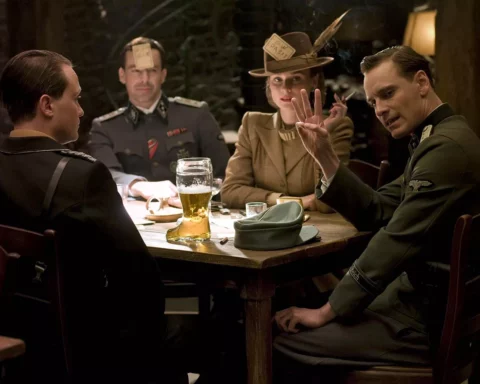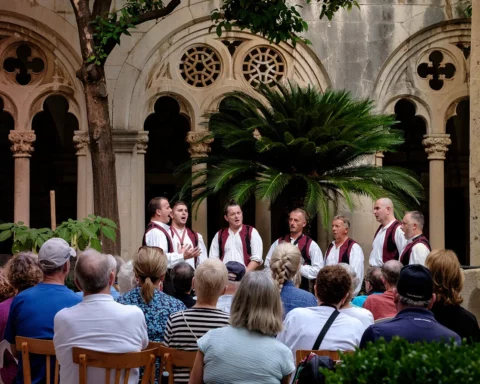The lands that lie along the triple border between (now) Croatia, Slovenia, and Italy have a turbulent history. Each neighbor (and they changed over time) claimed this region. So it passed from hand to hand, causing multi-layered consequences. It went on and off like that until relatively recently.
A tug-of-war
Let’s look at the most important historical milestones alone in the last century (plus or minus). By the secret Treaty of London in 1915 and later the Treaty of Rapallo in 1920, Italy acquired Trieste, Gorizia, Trenta, and Istria, along with their 350,000 local inhabitants. In effect, they lost their right to express their ethnic identity and speak their native language. The Treaty of Paris with Italy, signed in 1947, defined the new border between Italy and Yugoslavia. From then on, the south of the Mirna River, Rijeka, Zadar, and some Adriatic islands returned to Yugoslavia. At the same time, Veneto, Resia, Gorizia, and the Canale Valley remained Italian. Through many years of co-mingling, the people’s sense of belonging was constantly being disturbed and contested.

A symbol of (no) borders
There were some unexpected consequences. For example, the new border divided a square shared by the towns of Gorizia and Nova Gorica – today called Piazza della Transalpina (Italian for “Transalpine Square”) or Trg Evrope (Slovene for “Europe Square”). During the Cold War, Piazza della Transalpina, along with the “Gorizia Wall,” became a symbol of the political separation between Western and Eastern Europe. Until 1991 the façade of the railway station in Nova Gorica was marked with a Red Star symbol and a statement (written in Serbo-Croatian): “Mi gradimo socijalizam” (“We are building socialism”).
Today the very place symbolizes the fusion of the region and the disappearance of borders. Both the Italian names for the Slovenian places (and vice versa) are official on each side. The borders were blended, and the region reunited, at least geographically. The former Rapallo Border between the Kingdom of Italy and the Kingdom of Serbs, Croats, and Slovenes became a recreation area that nature has taken over, marked with historical remains. The so-called Walk Of Peace hiking trail (registered on UNESCO’s Tentative List) can serve as a live history lesson.



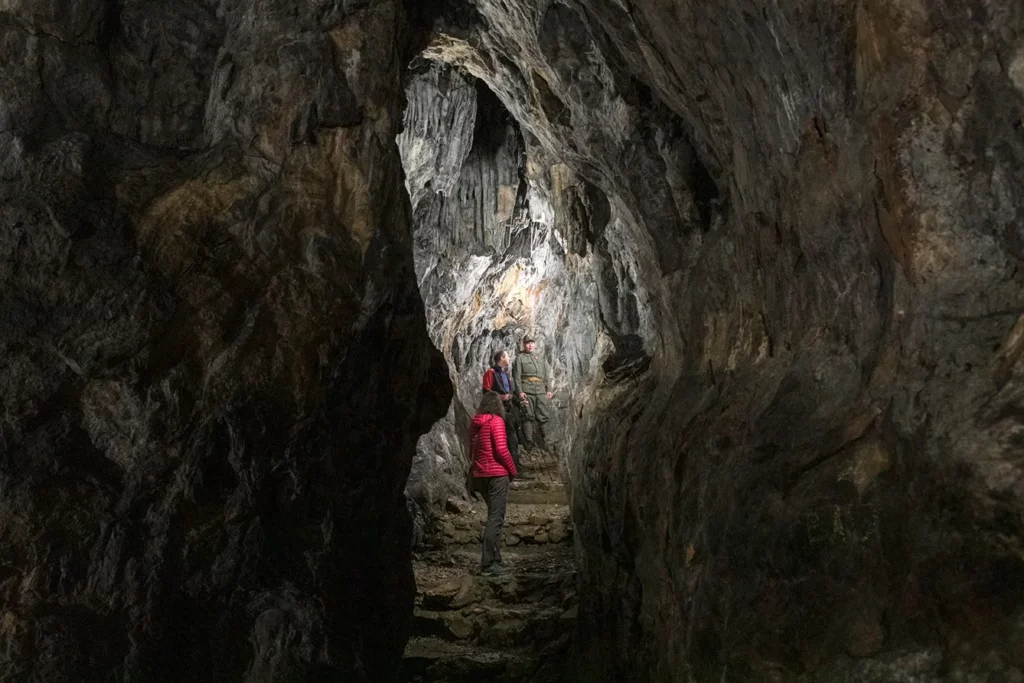
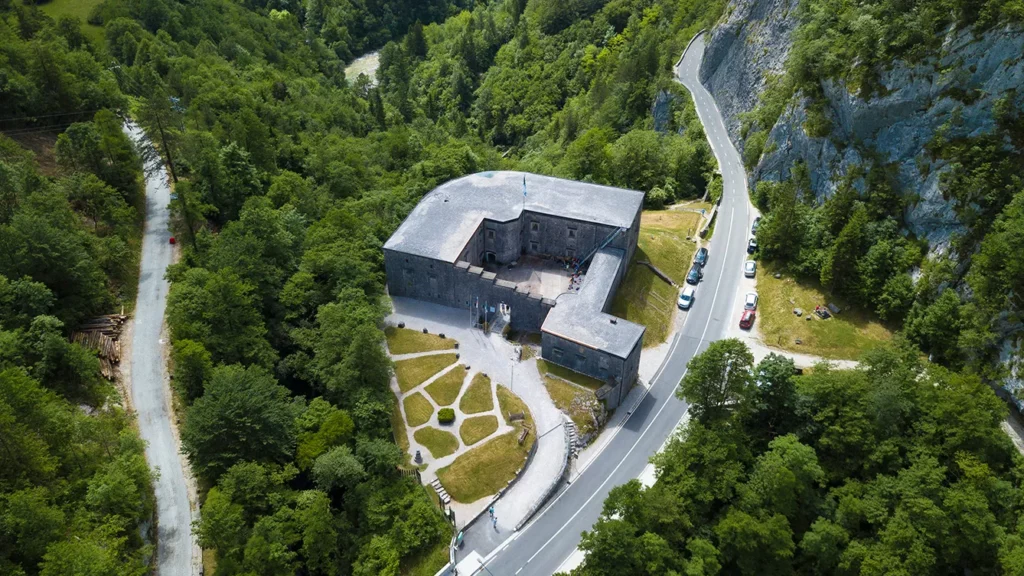
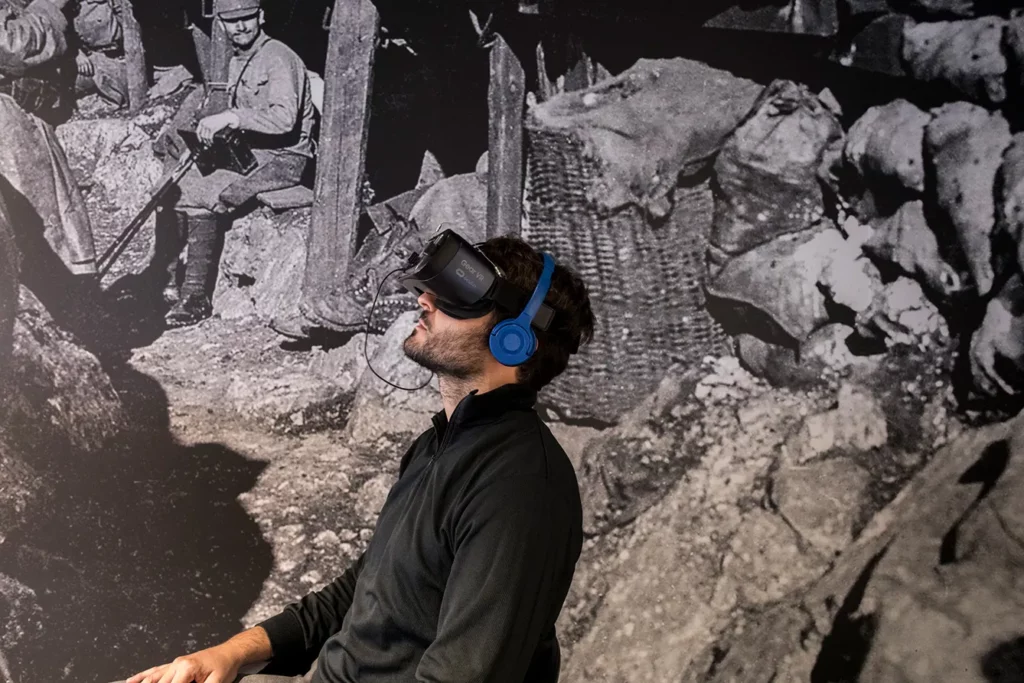
Unhealed scars
However, the decades-long ethnic melting pot in the area left some unforgotten scars and uncleared resentments. On a political level – both countries celebrate their days of special remembrance on different dates, stressing contrasting interpretations of history. Italy has “Il Giorno del Ricordo” (National Memorial Day of the Exiles and Foibe) on February 10th, commemorating the Exodus and the victims of the Foibe mass killings (considered as “ethnic cleanings”) in Friuli-Venezia Giulia, Istria, and Dalmatia, conducted by Tito’s partisans.
Meanwhile, on September 15th, Slovenia celebrates the “restitution of the coast to the motherland” and commemorates the oppression of the Slovenian people during Italy’s monarchy. In the early 1990s, Slovenian foreign minister Lojze Peterle tried to resolve the pending issue by creating a bilateral history commission. However, the consensus has so far not been achieved.
The (short) return of the border
For a short time, the citizens of Gorica and Nova Gorizia lived a throwback experience: during the COVID-19 pandemic, when Italy was declared a ‘red zone,’ a physical border was temporarily reestablished in Piazza della Transalpina. Suddenly the fences were up again, and crosswalk restriction signs were visible everywhere.
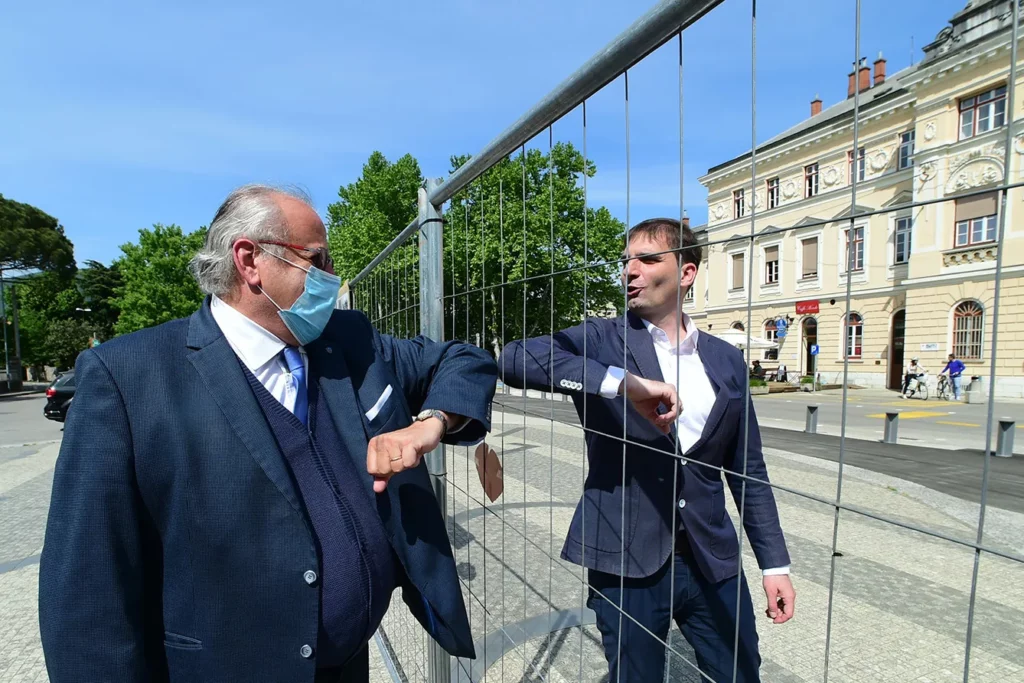
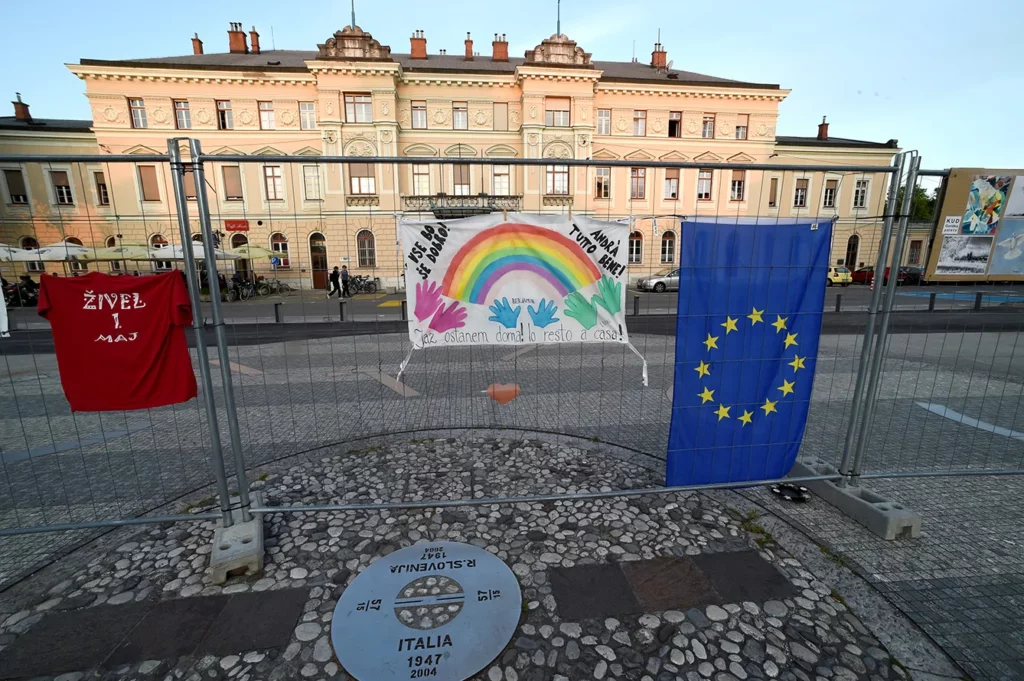
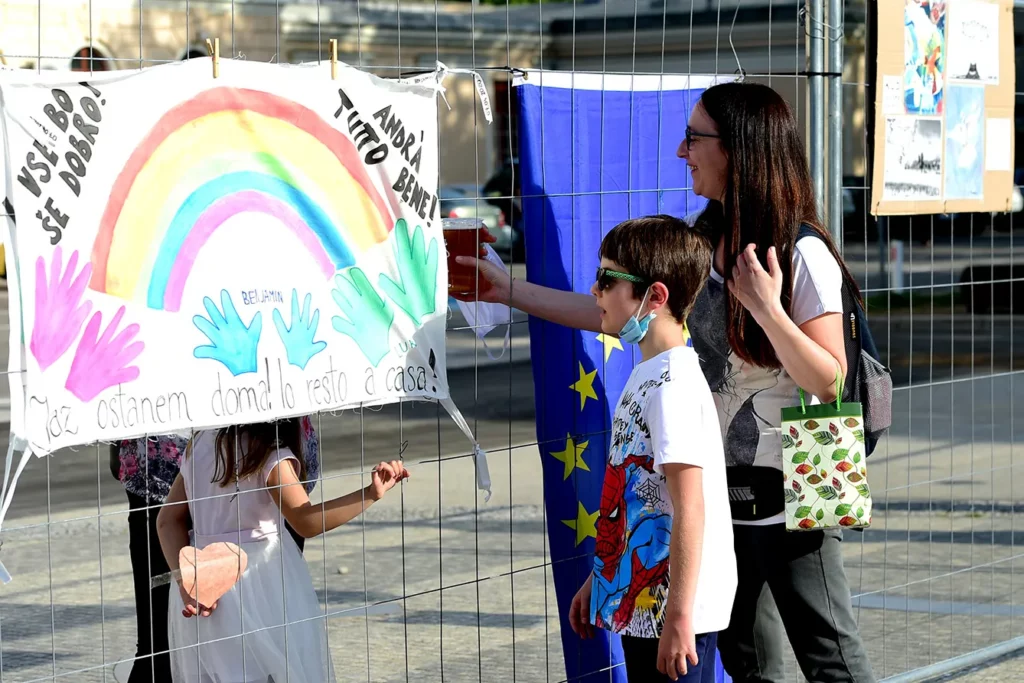
It triggered a wave of discussions, protests, and – most of all – painful memories. Artists and activists (driven mainly by the Go2025 initiative supporting the candidacy of both cities as one for the title of EU Capital of Culture) started to “boycott” the fence, not by ignoring the bans but through arranging re-connecting events on both sides: spontaneous decorations and exhibitions, exchanging of letters, cultural and sports activities and performances. For the local people to stay “connected” and fight the demons of the divided past.



